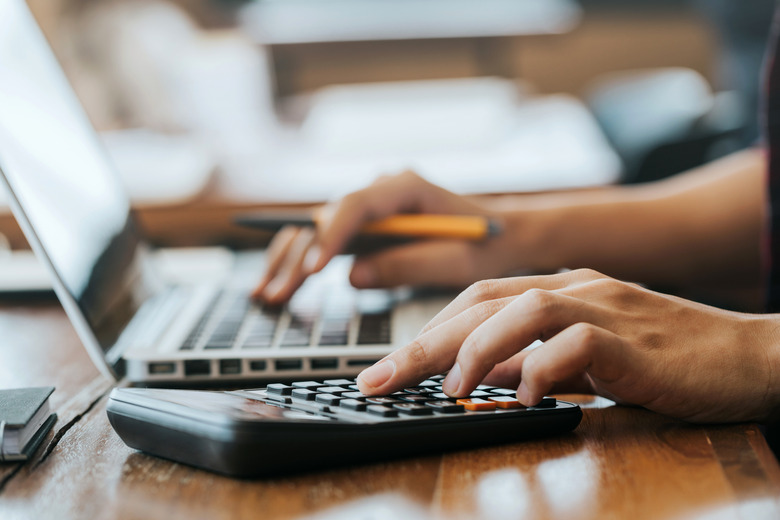The Purpose Of Statistical Analysis: Mean & Standard Deviation
If you ask two people to rate the same painting, one may like it and the other may hate it. Their opinion is subjective and based on personal preference. What if you needed a more objective measure of acceptance? Statistical tools such as mean and standard deviation allow for the objective measure of opinion, or subjective data, and provide a basis for comparison.
Mean
Mean
The mean is a type of average. As an example, assume you have three different responses. The first one rates the painting at a 5. The second one rates the painting as a 10. The third one rates the painting as a 15. The mean of these three ratings is calculated by finding the sum of the ratings and then dividing by the number of rating responses.
Mean Calculation
Mean Calculation
The calculation of the mean in this example is (5 + 10 + 15) / 3 = 10. The mean is then used as a basis for comparison for other ratings. A rating which is above 10 is now considered above average and a rating of below 10 is considered below average. The mean is also used to calculate the standard deviation.
Standard Deviation
Standard Deviation
The standard deviation is used to develop a statistical measure of the mean variance. For instance, the difference between the mean and a rating of 20 is 10. The first step in finding the standard deviation is finding the difference between the mean and the rating for each rating. For instance, the difference between 5 and 10 is -5. The difference between 10 and 10 is 0. The difference between 15 and 10 is 5.
Standard Deviation Calculation
Standard Deviation Calculation
To complete the calculation, take the square of each difference. For instance, the square of 10 is 100. The square of -5 is 25. The square of 0 is 0 and the square of 5 is 25. Find the sum of these and then take the square root. The answer is 100 + 25 + 0 + 25 = 150. The square root of 150 is 12.24. Now you can compare ratings based on both the mean as well as standard deviation. One standard deviation is 12.24. Two standard deviations is 24.5. Three standard deviations is 36.7. So if the next rating is 22, it falls within two standard deviations of the mean.
References
Cite This Article
MLA
Collins, James. "The Purpose Of Statistical Analysis: Mean & Standard Deviation" sciencing.com, https://www.sciencing.com/info-8515547-purpose-analysis-mean-standard-deviation/. 31 May 2011.
APA
Collins, James. (2011, May 31). The Purpose Of Statistical Analysis: Mean & Standard Deviation. sciencing.com. Retrieved from https://www.sciencing.com/info-8515547-purpose-analysis-mean-standard-deviation/
Chicago
Collins, James. The Purpose Of Statistical Analysis: Mean & Standard Deviation last modified March 24, 2022. https://www.sciencing.com/info-8515547-purpose-analysis-mean-standard-deviation/
